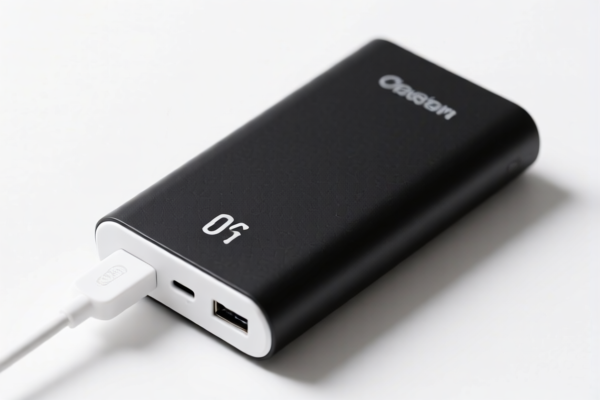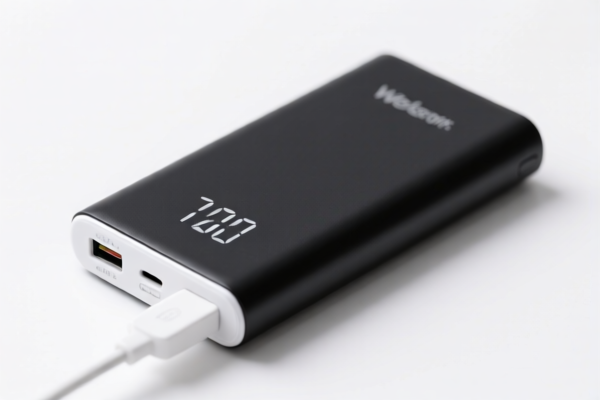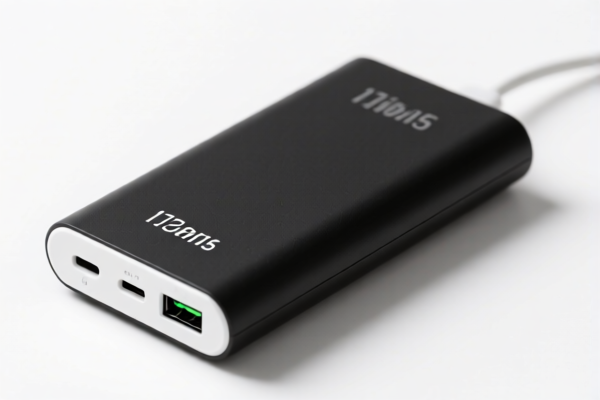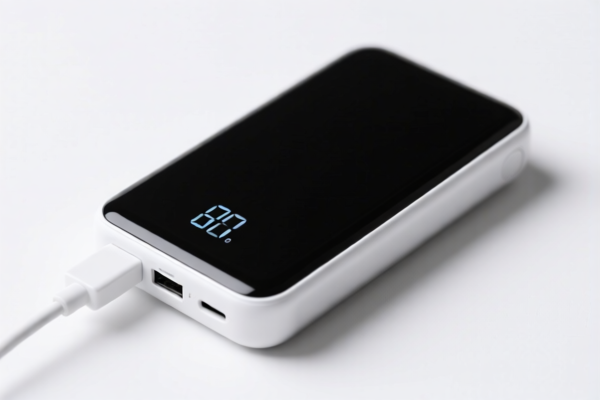| HS Code | Official Doc | Tariff Rate | Origin | Destination | Effective Date |
|---|---|---|---|---|---|
| 8507600020 | Doc | 33.4% | CN | US | 2025-05-12 |
| 8507808200 | Doc | 58.4% | CN | US | 2025-05-12 |
| 3923900080 | Doc | 58.0% | CN | US | 2025-05-12 |
| 9026802000 | Doc | 55.0% | CN | US | 2025-05-12 |
| 9014804000 | Doc | 55.0% | CN | US | 2025-05-12 |
| 9014805000 | Doc | 55.0% | CN | US | 2025-05-12 |
| 9032896085 | Doc | 56.7% | CN | US | 2025-05-12 |
| 9032896075 | Doc | 56.7% | CN | US | 2025-05-12 |
| 9033009000 | Doc | 59.4% | CN | US | 2025-05-12 |
| 9033002000 | Doc | 55.0% | CN | US | 2025-05-12 |




Power Bank for PS4 Controller
A power bank for a PS4 controller is a portable charging device specifically designed to extend the usage time of a DualShock 4 controller wirelessly. Standard DualShock 4 controllers rely on an internal rechargeable battery, which typically provides between 4-8 hours of gameplay on a single charge. Power banks address the limitation of battery life, allowing for continuous or extended gaming sessions without being tethered to a power outlet.
Material:
- Housing: Commonly constructed from ABS plastic for durability and lightweight properties. Some models utilize aluminum alloy for enhanced robustness and heat dissipation.
- Battery: Predominantly utilize Lithium-ion batteries due to their high energy density and relatively low self-discharge rate. Capacity varies significantly between models.
- Internal Components: Include a printed circuit board (PCB) with charging circuitry, voltage regulators, and protection mechanisms.
Purpose:
- Extended Gameplay: The primary function is to provide additional power to the PS4 controller, eliminating the need for frequent recharging.
- Portability: Designed to be compact and lightweight for easy transport and use during travel or remote gaming.
- Convenience: Offers a convenient solution for uninterrupted gaming, particularly in situations where access to power outlets is limited.
Function:
Power banks connect to the PS4 controller via the controller’s Micro-USB or USB-C port (depending on controller version). The power bank’s internal battery then charges the controller’s battery while simultaneously providing power, allowing for continued use. Many models feature pass-through charging, meaning the controller can be charged while the power bank itself is being charged.
Usage Scenarios:
- Long Gaming Sessions: Ideal for extended gaming marathons where frequent recharging would be disruptive.
- Travel: Useful for gaming on the go, such as during flights, road trips, or camping.
- Remote Locations: Suitable for gaming in areas without easy access to power outlets.
- Competitive Gaming: Provides a reliable power source during tournaments or competitive events.
Common Types:
- Clip-on Power Banks: These attach directly to the back of the DualShock 4 controller, offering a compact and integrated solution. They often add noticeable weight to the controller.
- Stand-Alone Power Banks: These are separate devices that connect to the controller via a USB cable. They offer greater flexibility and can be used with other devices.
- Charging Docks with Power Bank Functionality: These combine a charging dock for the controller with a built-in power bank, providing a convenient all-in-one solution.
- Capacity-Based: Power banks are categorized by their battery capacity, measured in milliampere-hours (mAh). Higher mAh ratings provide longer runtime. Common capacities range from 2600mAh to 8000mAh or higher.
- USB-C vs Micro-USB: Newer PS4 controller models (and the DualSense controller for PS5, which is compatible with PS4) utilize USB-C ports, requiring power banks with USB-C connectivity. Older models use Micro-USB.
The declared goods are power banks specifically designed for use with PlayStation 4 (PS4) controllers. These devices provide portable power to extend the operating time of the controller, functioning as an external battery source. They are likely to be used during gaming sessions where access to a fixed power supply is limited.
Here are the relevant HS codes based on the provided reference material:
- 8507600020: This HS code covers electric storage batteries, including separators therefor, whether or not rectangular (including square); parts thereof: Lithium-ion batteries. Power banks commonly utilize lithium-ion batteries as their power source. The basic tariff is 3.4%, with no additional tariff currently, but a 30.0% additional tariff will apply after April 2, 2025, resulting in a total tariff of 33.4%.
- 9033009000: This HS code covers parts and accessories (not specified or included elsewhere in this chapter) for machines, appliances, instruments or apparatus of chapter 90: Other. As a power bank is an accessory for the PS4 controller (a machine/appliance in Chapter 90), it could fall under this classification. The basic tariff is 4.4%, with an additional tariff of 25.0%, increasing to 30.0% after April 2, 2025, for a total tariff of 59.4%.
- 9033002000: This HS code covers parts and accessories (not specified or included elsewhere in this chapter) for machines, appliances, instruments or apparatus of chapter 90: Light-emitting diode (LED) backlights modules, the foregoing which are lighting sources that consist of one or more LEDs and one or more connectors and are mounted on a printed circuit or other similar substrate, and other passive components, whether or not combined with optical components or protective diodes, and used as backlights illumination for liquid crystal displays (LCDs). If the power bank includes LED indicators to display charging status, it may fall under this classification. The basic tariff is 0.0%, with an additional tariff of 25.0%, increasing to 30.0% after April 2, 2025, for a total tariff of 55.0%.
Regarding HS code 9033009000, please note that the basic tariff is 4.4%, with an additional tariff of 25.0%, increasing to 30.0% after April 2, 2025.
Customer Reviews
No reviews yet.